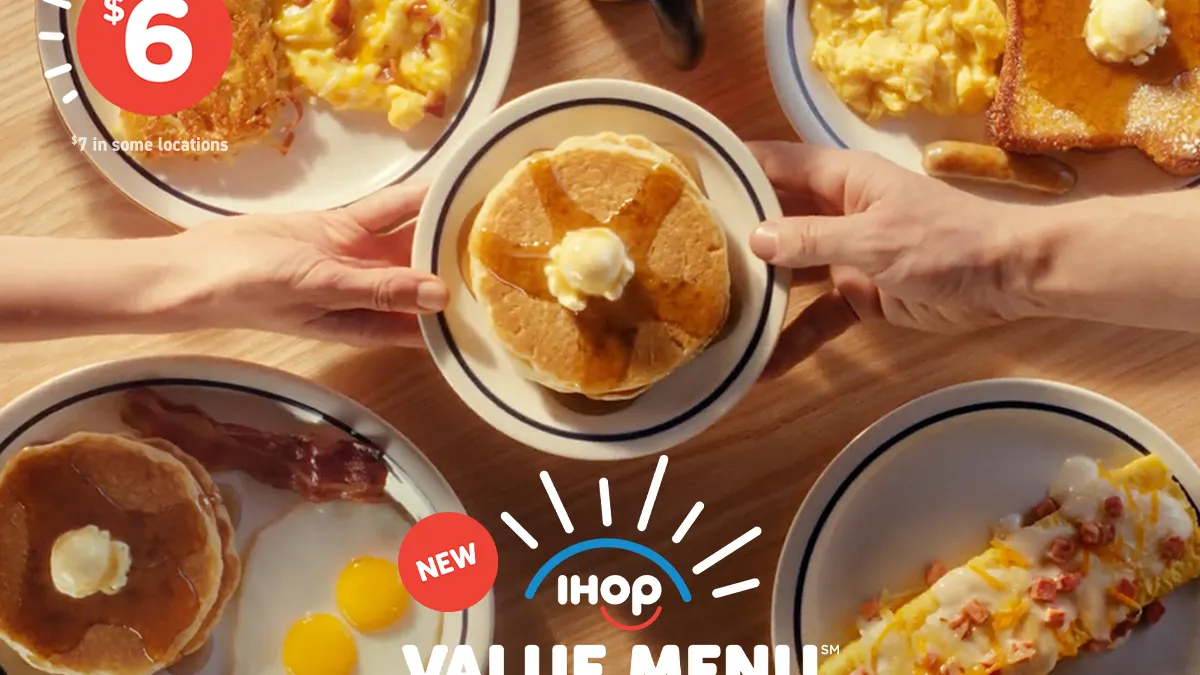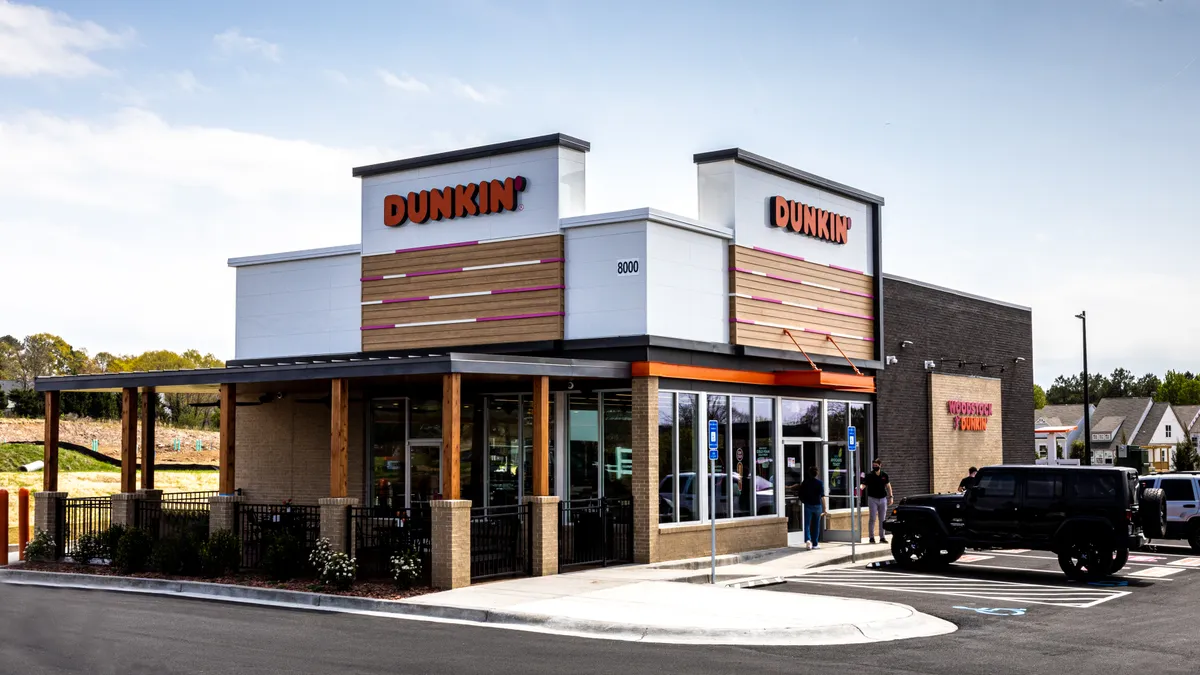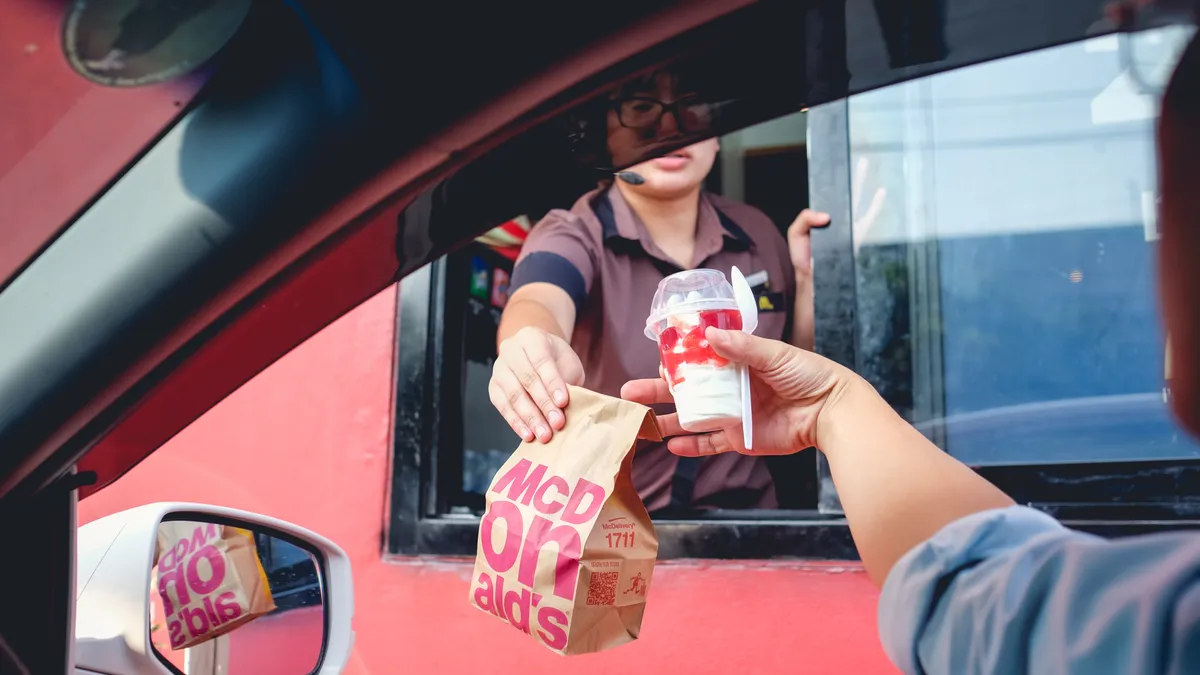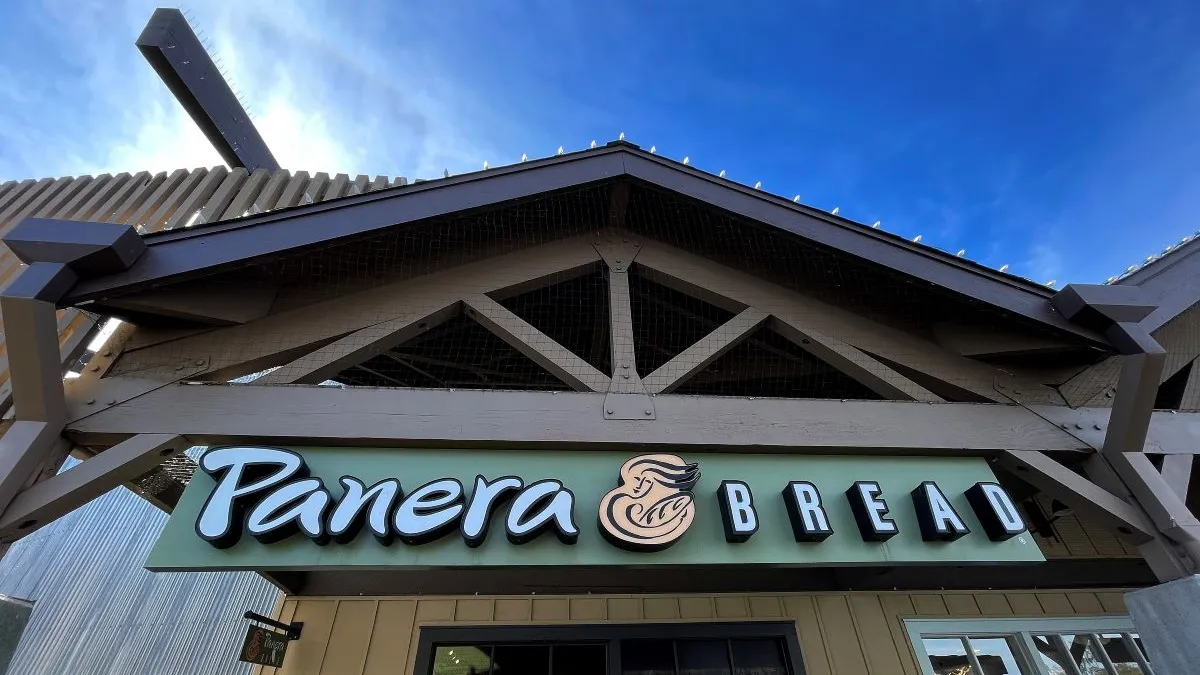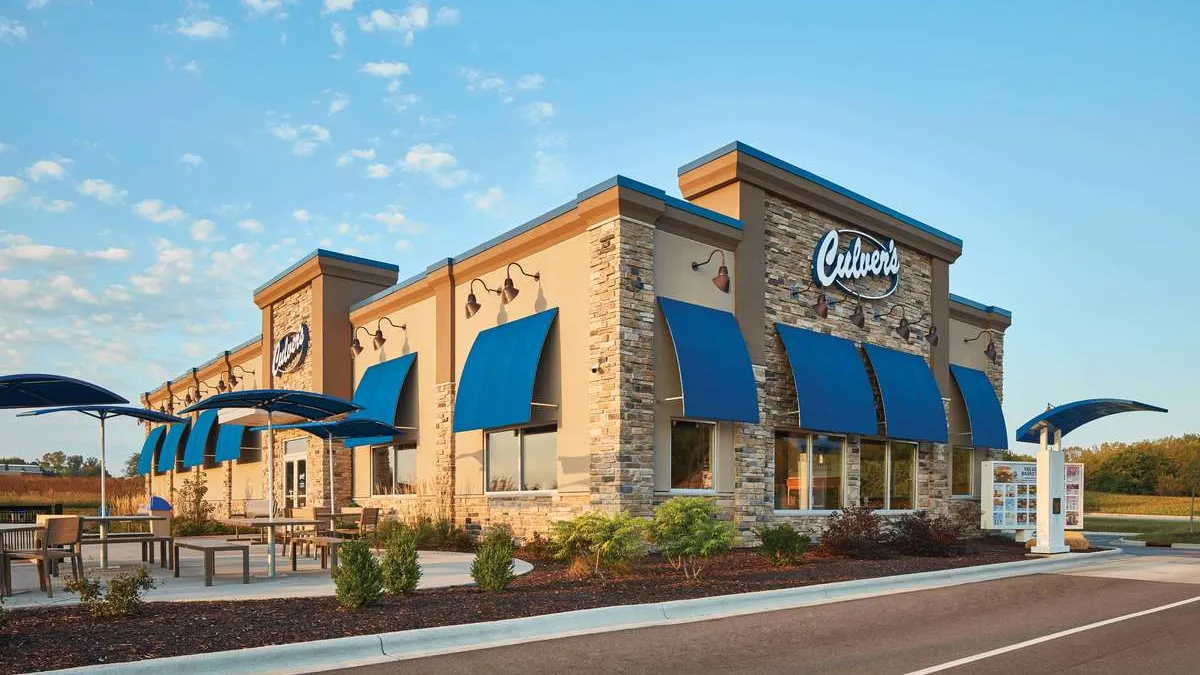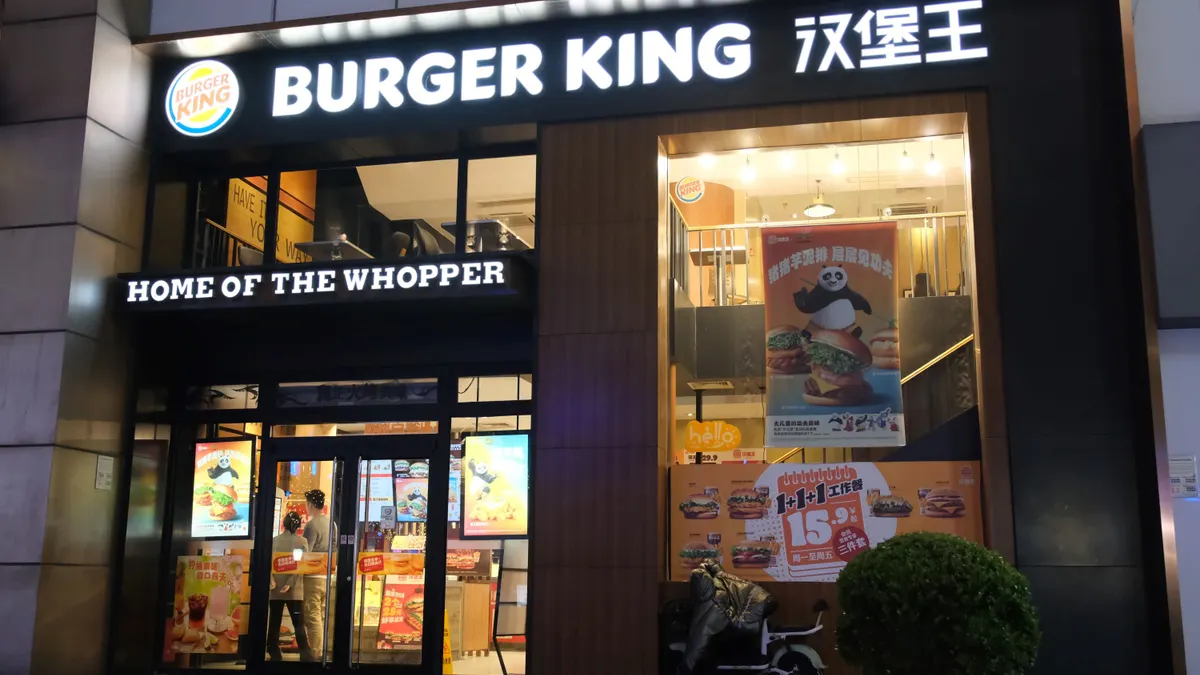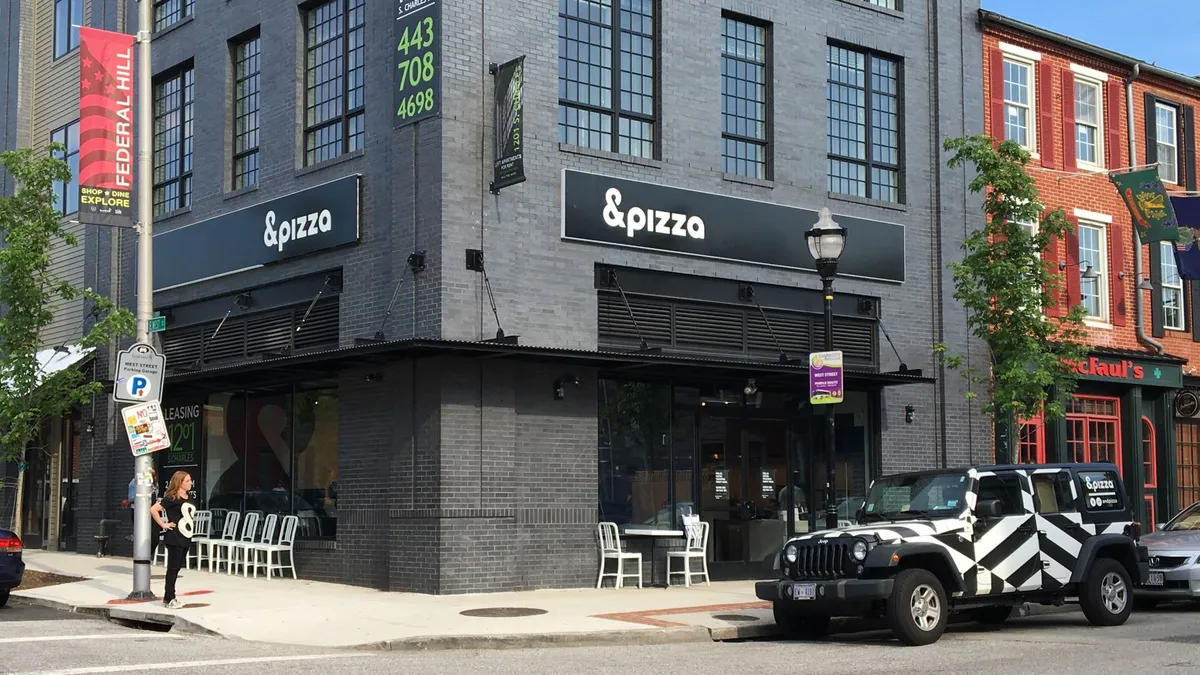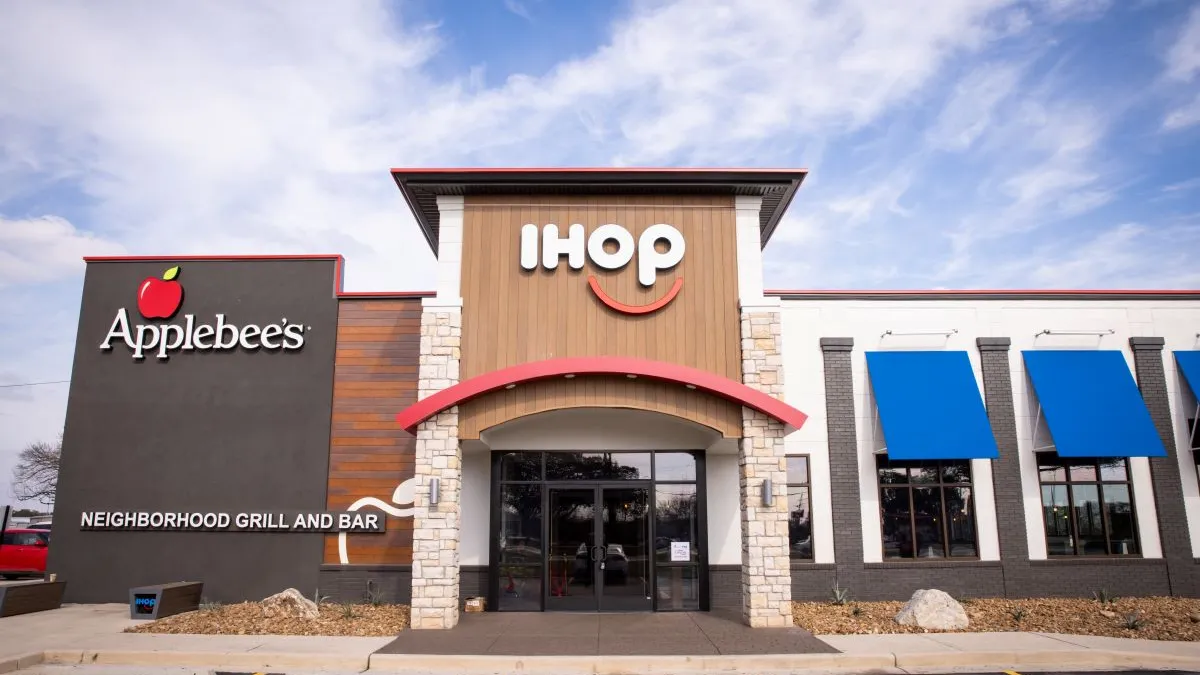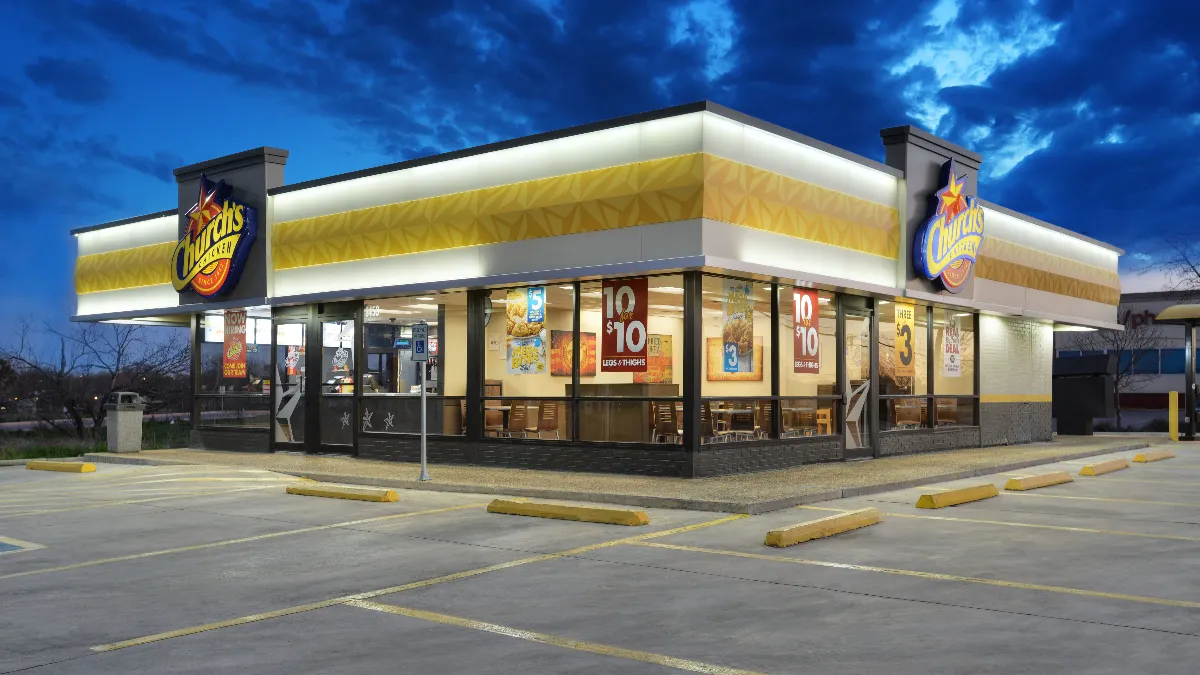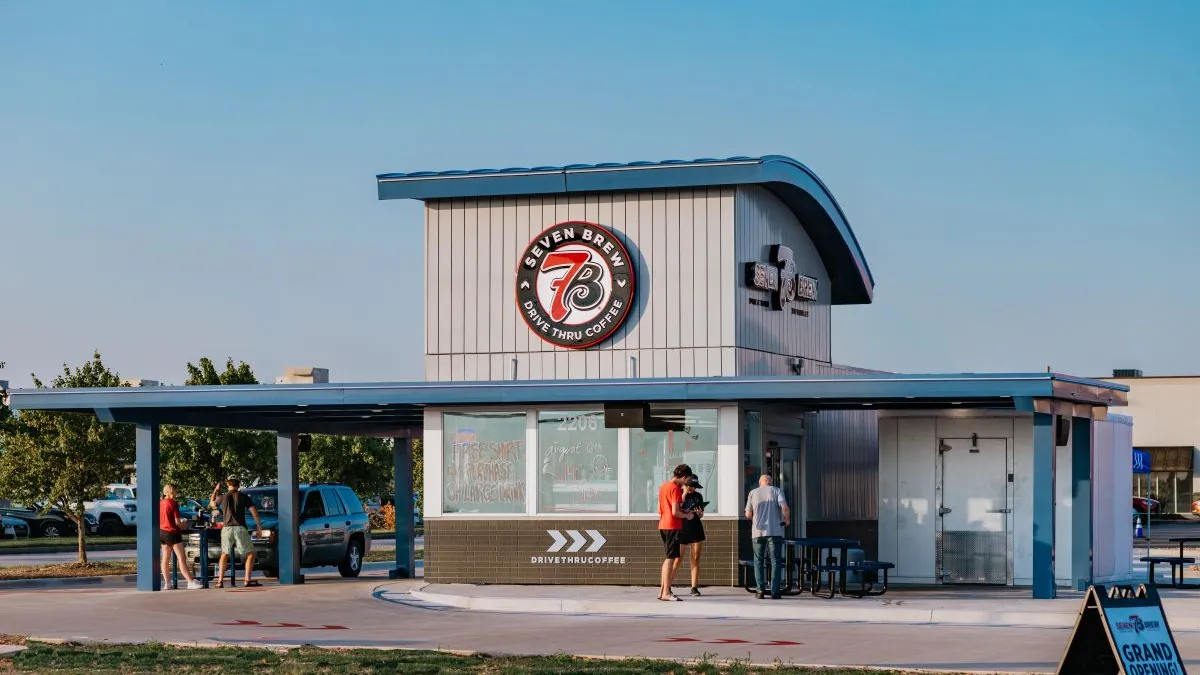Dine Brands’ value plays are paying off — fueling sales and traffic momentum for Applebee’s and IHOP this year after several quarters of declines.
During the third quarter, Applebee’s boosted same-store sales for the second consecutive quarter, while IHOP’s traffic turned positive for the first time in several years, Dine Brands CEO John Peyton said during the company’s earnings call.
As consumers pull back on spending, casual dining chains are increasingly focused on boosting their value propositions to make significant traffic gains. Chili’s, for example, has boasted several quarters of double-digit same-store sales growth after it began aggressively marketing its value-centric items. IHOP and Applebee’s similarly increased their focus on value this year.
“While spending patterns remained relatively consistent, we're observing slightly higher macroeconomic anxiety, leading to more intentional decision-making, where every dollar spent must feel justified across the entire dining experience,” Peyton said. “Guests continue to manage their check by trading down to lower price … value items on our menus.”
IHOP has never offered an everyday value platform on its menu besides the menu for diners aged 55 and older, Peyton said. But that changed when the brand added its House Faves, a platform with $6 or $7 meals, in fall 2024. That menu was so successful that franchisees committed to expanding the House Faves from five days a week to seven days a week.
“The everyday value meal, which is what we’re advertising nationally across all channels on a very regular and consistent basis, is driving these great traffic gains,” Peyton said in an interview with Restaurant Dive.
Sister brand Applebee’s historically promoted value through appetizers like 50-cent wings, or bundling two items for a low price or a buy-one-get-one deal, Peyton said. But as economic pressure grew in late 2023 and 2024, consumers showed signs that they wanted more everyday value pertaining to the full cost of a meal, Peyton said.
Applebee’s guests also said that the best thing about the chain was its Two-for-$25 deal, which offers an appetizer and two entrees, and some guests asked for it to come back, even though it has always been there, Peyton said.
“The ‘ah hah’ moment was that at Applebee's, we had the answer. We just weren’t talking about it,” Peyton said. “Our focus over the last couple of quarters has been to revitalize and refresh and talk about on a very regular basis Applebee’s Two-for-$25 and everyday value.”
Since Q3 2024, Applebee’s has increased its social media posts by 300%, and the brand has seen a 266% increase in engagement, Peyton said during an earnings call.
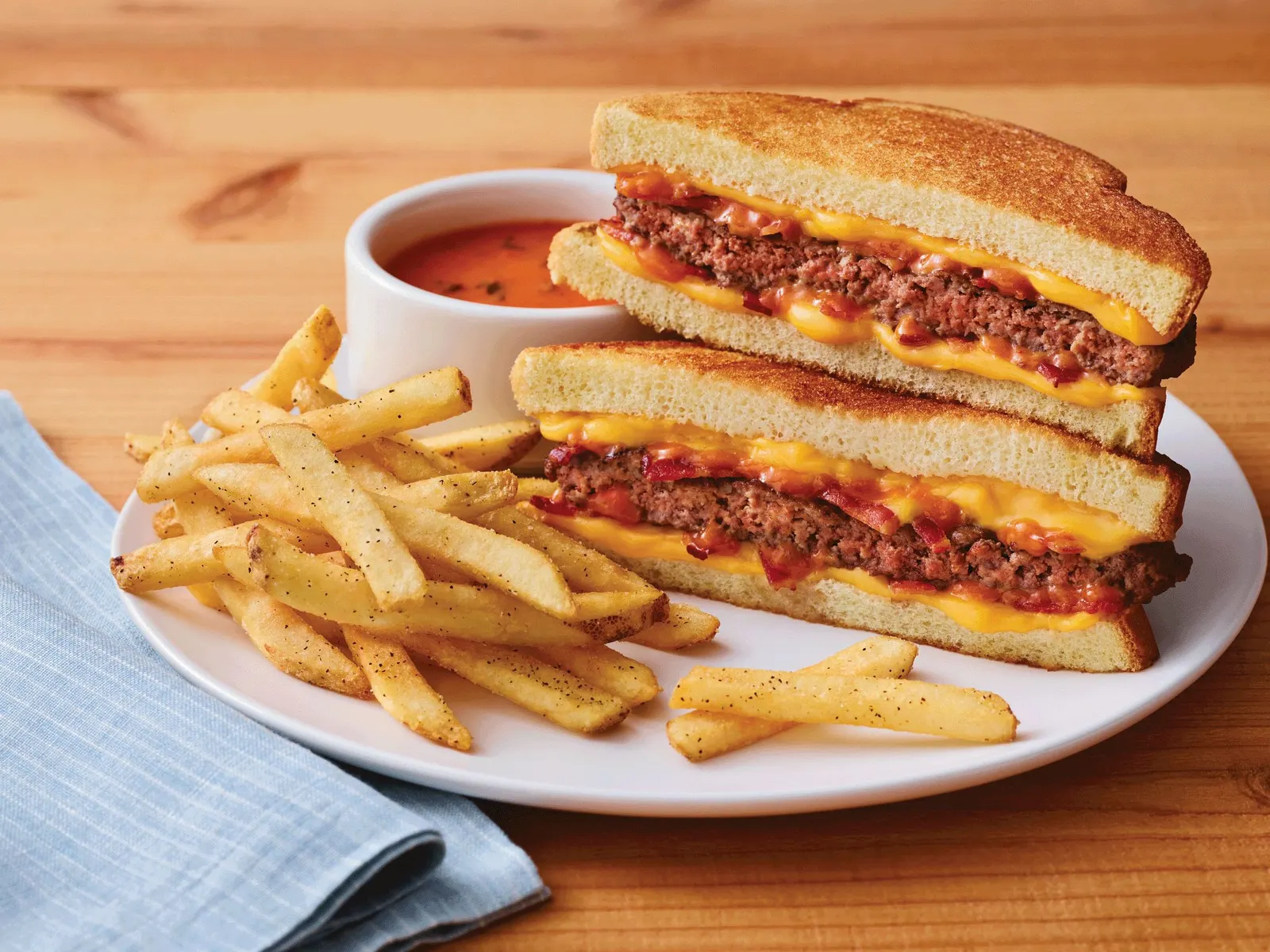
In addition to increasing its digital marketing, Applebee’s enhanced the Two-for-$25 deal with the addition of the Grilled Cheese Cheeseburger in October, according to a press release. The chain also expanded its Ultimate Trio lineup, another value offer that allows guests to pick three appetizers, with Crispy Pickle Fries.
The marketing shift helped. Applebee’s value mix increased slightly to 30% in the third quarter, Peyton said during an earnings call. IHOP’s value mix was flat at 19% during the quarter.
“Despite the industry headwinds, our focus on everyday value platforms, operational simplification and high-impact guest-centric marketing is delivering results,” he said.
IHOP’s traffic gains
The value focus, in particular, helped IHOP return to positive traffic comps for the first time in many years, Peyton said. This milestone is a big deal both for Dine and its franchisees, both of which have been working to drive traffic to the breakfast category.
“We attribute it to the fact that our marketing, both on television as well as on digital and social, is much, much improved in terms of the way in which we're contacting our guests, particularly younger guests on social media,” Peyton said. “We’ve become more a part of the everyday conversation.”
Franchisees have also been improving operations at restaurants, and have seen guest satisfaction scores increase every month this year, Peyton said. Table turns times are down by six minutes, which is particularly important on weekends as that helps cut down wait times.
Peyton added that IHOP will continue showcasing its everyday value as part of its primary messaging through the rest of this year and into 2026 to maintain current traffic momentum.
“We’re not going to — in five or six weeks — move on to something else,” Peyton said. “We believe this is a winning message. In a crowded space in the category as well as crowded television and digital [environments], you’ve got to stick with the message and keep hammering it to make sure you break through.”
Now that traffic is up, Peyton said the next push is to increase check amounts and add-ons that will lead to growth in same-store sales. Eighty-five percent of checks that include an everyday value item have an additional drink, side order or full-priced entrees.
“The fact that [value items are] driving ticket add-ons is a key goal,” Peyton said.
As the value platform brings guests through the door, IHOP has strategies to boost order totals for premium items, as well. Each tabletop has ads separate from the menu, and servers are pushing premium items, like the Pancake of the Month.
These strategies are working already. Previously, 25% of tickets with a value element were exclusively value orders. Now, that ratio has dropped to 15% with more guests choosing higher-priced items, Peyton said.
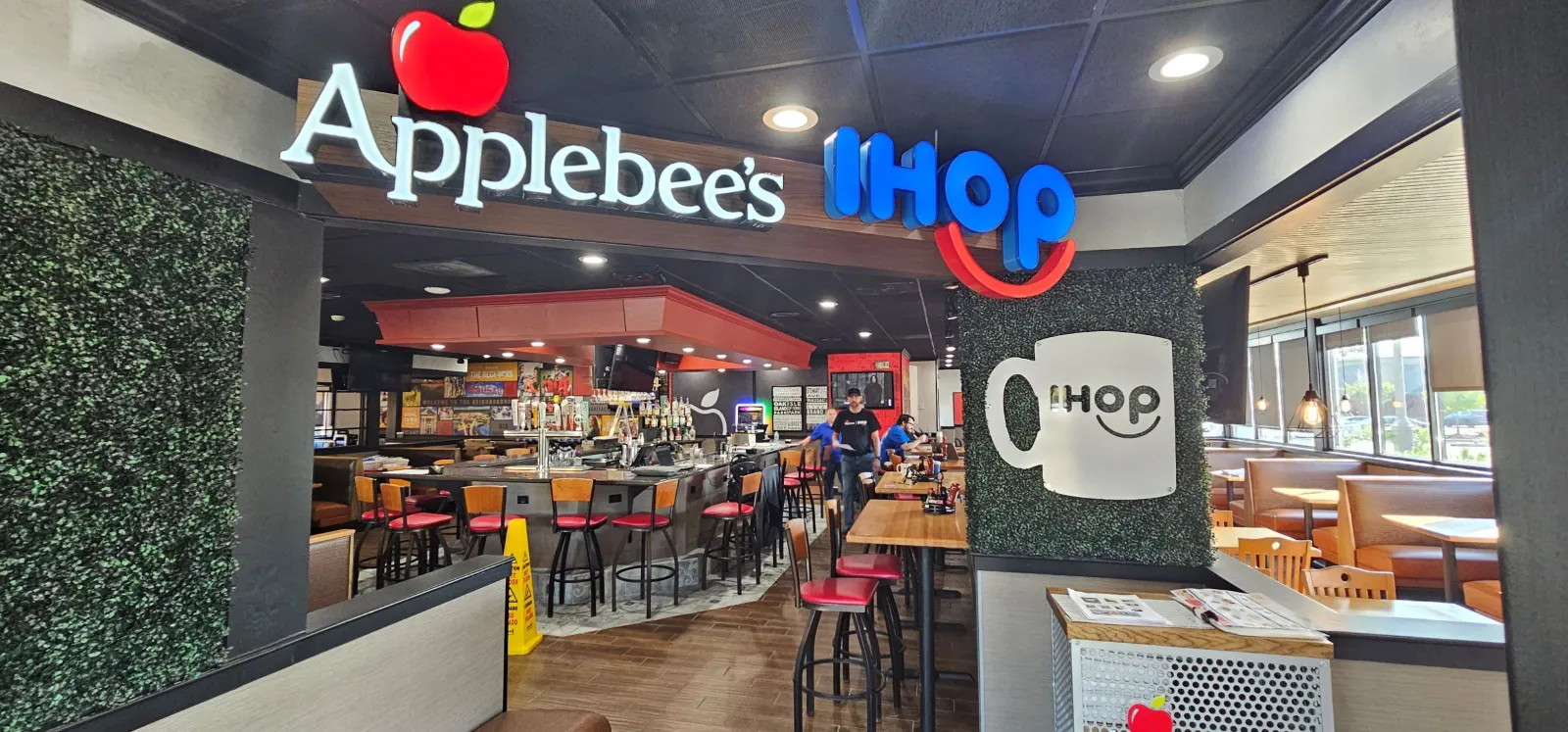
Two brands are better than one
Another driver of future sales growth may come from Dine’s domestic dual-branded real estate strategy, which has included converting locations to a co-branded restaurant. More IHOPs than Applebee’s operators have opted for the conversion as IHOPs have struggled with growing the dinner daypart, which adding an Applebee’s helps solve, Peyton said during the earnings call.
Co-branding was originally used in international markets, but Dine opened its first U.S. restaurant of this type earlier this year and that location is already seeing over two times the sales of a single-brand restaurant.
Peyton said Dine identified opportunities to develop 900 co-branded restaurants across the country after doing extensive research using third-party market data to identify various characteristics like average income in the market, growth in the market, car and foot traffic throughout the day, competitors in the market and proximity of other Applebee’s and IHOP restaurants. About half of that total, Peyton said, represented white space growth, and the remainder would be conversions.
Dine Brands is seeing significant interest from franchisees and other developers, which allowed it to accelerate its rate of dual-branded openings this year from roughly a dozen to 30 this year and another 50 next year, Peyton said.
While Dine accelerates its dual-brand strategy, it also will continue to open single-brand restaurants. Fuzzy’s Taco Shop, for example, will continue to open its own restaurants. That concept can’t be dual-branded, for example, because it is open during all dayparts and has a robust breakfast and evening business that would not cleanly combine with another concept like Applebee’s and IHOP, Peyton said.
Fuzzy’s opened its first Fuzzy’s Tacos and Margs restaurant earlier this year, a prototype that Peyton calls “fast casual plus.” Fuzzy’s service model has traditionally been counter service, but the new prototype offers full-service. The concept, which includes televisions on the walls, is meant to allow guests to linger. Servers are also monitoring the floor to keep tabs open and allow guests to order seconds and drive check.
IHOP is also opening 30 to 40 new restaurants each year, and 80% of those conversions will be of second generation spaces, Peyton said. Applebee’s is testing a new prototype that should take one-third of the cost to build compared to a legacy restaurant. Dine is also opening 40 restaurants internationally each year, primarily dual-branded locations.
“We believe that the best way to grow is to have multiple choices or multiple products or multiple ways a franchisee can grow because every location is unique based upon its demographics and the competitors in the market,” Peyton said.



